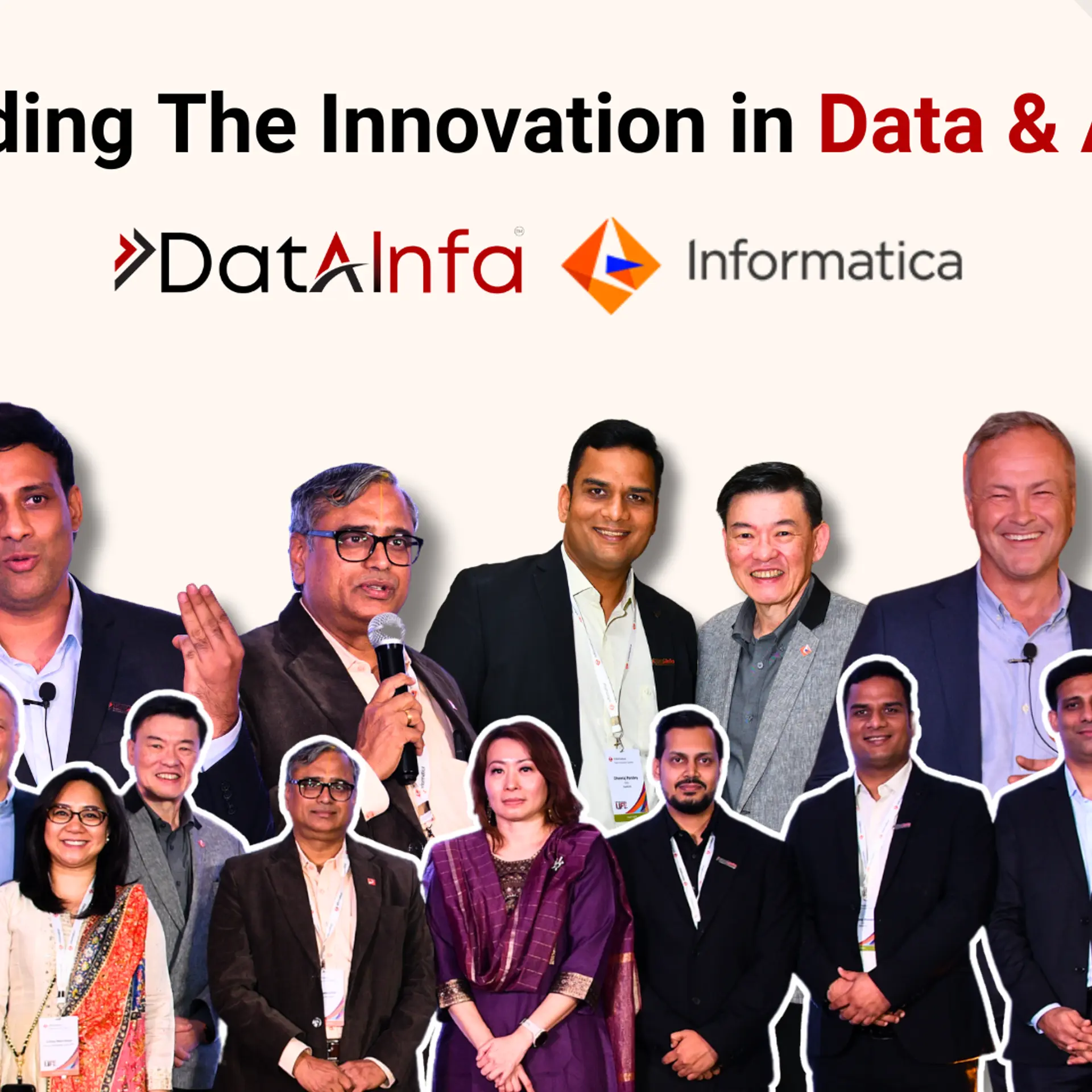How talent acquisition is changing with the gig economy
Madhav Krishna, Founder & CEO, Vahan, explores hiring scenes in the gig-economy in India, which is expected to grow to $455 billion by 2024 at a CAGR of 17 percent.
Introduction
In the gig economy, independent/contract workers engage with organisations to complete various tasks such as deliveries, sales, phone calls, etc. These workers are not entitled to employee benefits and also have the flexibility to work part-time as per their availability and convenience.
This model is now thriving in India, offering more flexibility than traditional jobs to many people in the country.
Current scenario
Studies have shown that 30 percent of Fortune 500 companies are hiring millennials and GenZ workers interested in the gig economy.
In fact, gig work has seen a boost during the pandemic, which has transformed the way employers and job seekers think about employment especially in the low-skilled segment. There has been a strong shift towards gigs rather than full-time employment.
As per ASSOCHAM, the gig-economy in India will grow to $455 billion by 2024 at a 17 percent CAGR. Acknowledging this, the government has proposed the creation of new labour codes to ensure social security for gig workers.
The blue-collar gig economy in India is powered by massive growth in the demand for flexible staffing from the ecommerce and logistics sectors. Due to this rapid increase in demand, organisations are struggling to recruit blue-collar gig workers at scale. These organisations are competing to hire workers and are looking at innovative ways to recruit them at a faster pace and even retain them.
Talent acquisition and retention
To attract, engage and retain quality, some food delivery platforms have introduced a weekly ‘minimum guarantee’ pay-out system. This is a staggering shift away from the prevalent payment system that pays delivery executives for every order. The new compensation model enhances income stability and thereby earnings predictability for gig workers.
These platforms are also helping delivery workers gain access to EV cycles and bikes as ways to help them reduce their fuel costs. They are also tying up with petrol pumps in order to provide workers with access to hygienic restrooms.
To ensure safety, some platforms have opened up an SOS service that connects workers with local police or ambulance services. Policies such as monthly paid-time-off during periods are encouraging more women to participate in the workforce.
In a bid to improve the productivity of gig workers, delivery platforms are harnessing the power of gamification.
By using gamification, delivery platforms are able to fulfil the promise of short delivery time while gig workers are able to increase their earnings as gamified rewards and bonuses are offered on top of base hourly pay.
These programmes have been well-received by gig workers with a long list of people waiting to join.
Role of recruitment platforms
Gig-worker recruitment platforms, through a combination of cutting-edge product design, data, and machine learning are helping organisations source the right talent at the right time and at the right price.
These platforms are able to match hiring demand to the right set of job seekers who provide relevant information about their skill set, location, etc.
Technology-driven recruitment incorporates assessment tools that remove the inherent bias in recruiting. These systems make the selection process more efficient for all stakeholders.
Blue-collar gig worker recruitment in India is highly unorganised without a large, unifying point to facilitate underlying processes. Technology can play a key role in aggregating various sides of the recruiting marketplace and bringing in efficiencies at scale.
Conclusion
Flexible work is fast becoming the norm in India. Many organisations are restructuring their way of working in order to reap the benefits of the gig economy. Technology companies are facilitating this shift by connecting employers with job seekers using innovative products, thereby organising a large market that is ripe for change.
Edited by Anju Narayanan
(Disclaimer: The views and opinions expressed in this article are those of the author and do not necessarily reflect the views of YourStory.)








